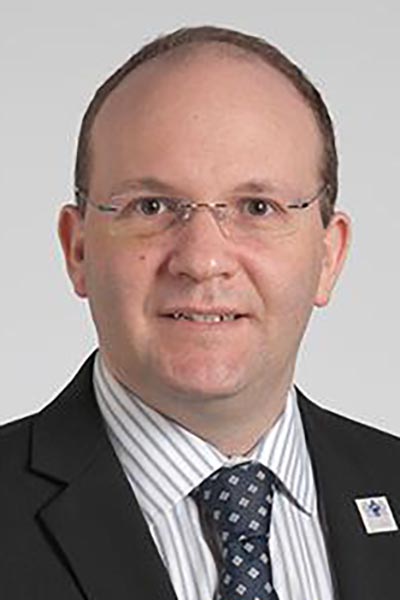Pulmonary vascular diseases (PVDs) represent a large, diverse group of conditions that affect the blood vessels in the lungs.
Sessions during CHEST 2024 will review 2 of the more severe types of PVD—pulmonary arterial hypertension (PAH) and acute pulmonary embolism (PE)—and address the complexity of comorbid liver-lung conditions.
Treatment of acute PE

During a pro-con debate session, Controversies for the Management of Acute PE, Tuesday, October 8, at 4 pm ET, in Room 258A of the Boston Convention & Exhibition Center, experts will weigh real-world dilemmas that clinicians face when treating patients with acute PE.
The session will focus on patients with intermediate-risk acute PE—the largest subgroup of an incredibly heterogeneous population, explained Session Chair, Bhavinkumar Dalal, MD, MBBS, FCCP, Associate Professor at Oakland University William Beaumont School of Medicine. Depending on a patient’s risk factors, mortality for intermediate-risk PE can range from 2% to 30%, he said. This variability has made it difficult to weigh the pros and cons of different forms of reperfusion therapy, and, compounding this, there are conflicting data on the benefits of reperfusion therapy.
“Thrombolytic therapy can save lives,” Dr. Dalal said, “but patients are at risk of developing a major bleed, including intracranial hemorrhage. The advantage thrombolytics provide can be nullified by the side effects, and we cannot always determine which therapy would be best for which patient.”
During the debates, presenters will discuss ideal candidates for reperfusion therapy, different modalities for reperfusion, and when to consider anticoagulation.
Assessment and management of PAH

PAH is a rare, though severe, condition that continues to be associated with high mortality despite medical advances. Accurate assessment of pulmonary hemodynamics is essential for the diagnosis and prognostication of PAH.
The panel discussion, Hemodynamic Assessment in Pulmonary Arterial Hypertension, Tuesday, at 9:15 am, in Room 210C, will detail how to recognize some of the common errors that occur during right heart catheterization to measure pulmonary hemodynamics and how to troubleshoot them, as well as recommendations for using pulmonary hemodynamics to evaluate treatment response.
“Right heart catheterization is essential for patients with PAH,” said Session Chair, Adriano Tonelli, MD, Pulmonary and Critical Care Specialist at Cleveland Clinic. “But if you don’t have accurate pulmonary hemodynamic measurements, you’re acting on wrong information. Some measurements are more prone to error than others. There are adjustments we can make, like making sure the pulmonary artery is fully occluded during the procedure, to get an accurate pulmonary artery wedge pressure.”
Another session, Management of Pulmonary Arterial Hypertension in the ICU: How to Keep the RV Happy, on Wednesday, October 9, at 2:15 pm, in Room 257AB, will highlight best practices for ICU management of decompensated PAH and acute right ventricular (RV) failure, diagnostic tools, and the role of pulmonary vasodilators and mechanical support.
Liver-lung interactions

Experts will explore 3 specific comorbid liver diseases and PVDs— hepatopulmonary syndrome, portopulmonary hypertension (PoPH), and PoPH after liver transplant—during Complex Liver-Lung Interactions in Pulmonary Vascular Disease: A Tale of Two Cities, Monday, October 7, at 4:30 pm, in Room 205A.
Most pulmonologists have some experience with liver disease and its impact on lung physiology, but further granularity can expand that knowledge, said Session Chair, Rodolfo Estrada, MD, FCCP, Assistant Professor at the UT Health Science Center at San Antonio. The session will aim to educate community pulmonologists on how to manage patients with liver conditions that affect the lungs, both pre- and post-liver transplant.
“These patients will be seen by a general pulmonologist before they make their way to a center of excellence,” Dr. Estrada said. “We want to bring the level of attention to screening, diagnosis, and therapy to the community.
“Liver-lung interactions are poorly understood, and they present in different ways,” he continued. “We want to equip community pulmonologists with the knowledge, tools, and resources to feel comfortable managing these patients and to know when to get other specialists involved.”
Join us at CHEST 2025
Save the date for the next Annual Meeting, October 19 to 22, 2025, in Chicago. CHEST 2025 will explore the latest advancements in pulmonary, critical care, and sleep medicine, with a focus on innovation and the future, just as the city itself embodies progress and reinvention.





